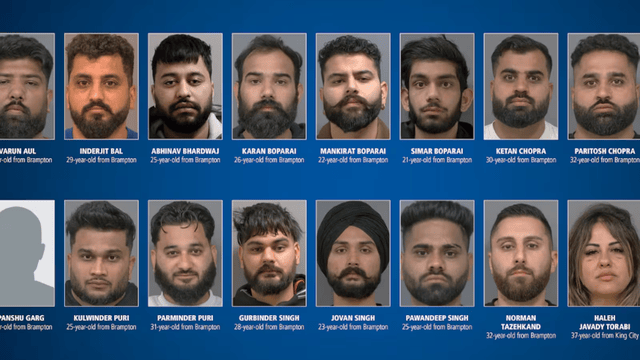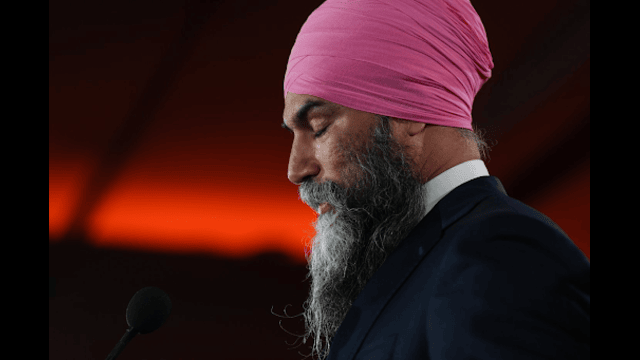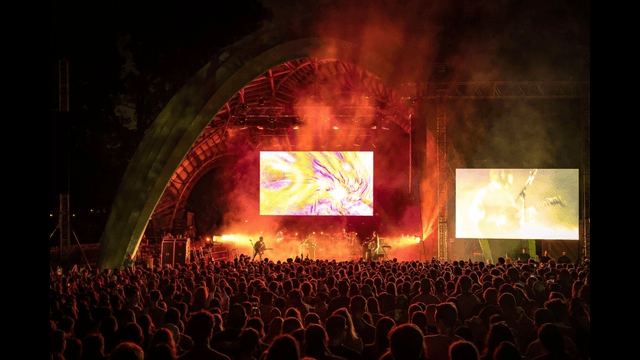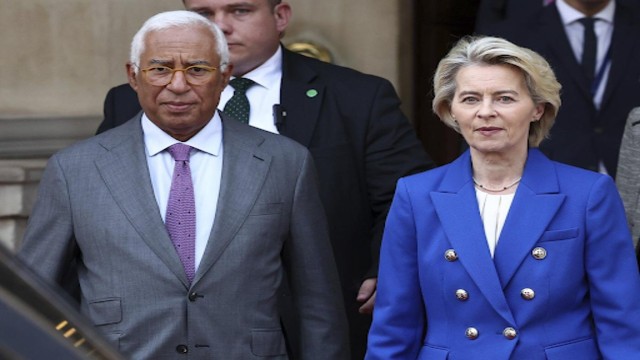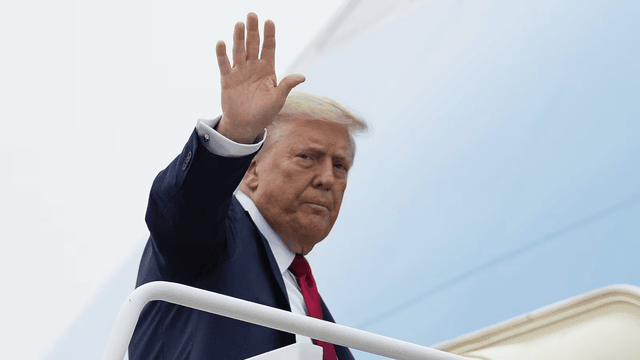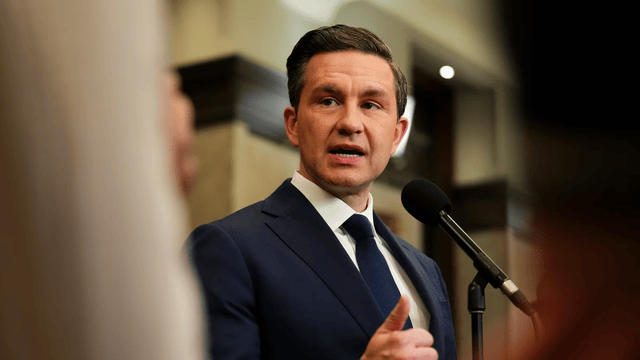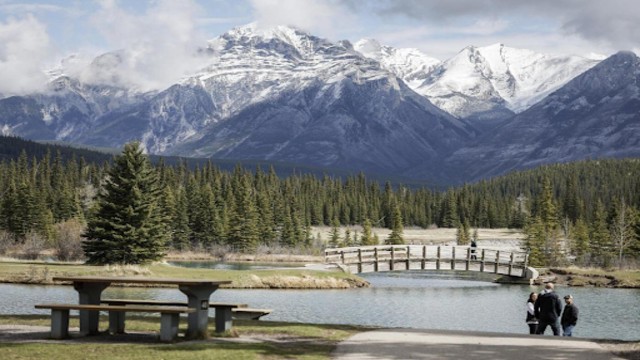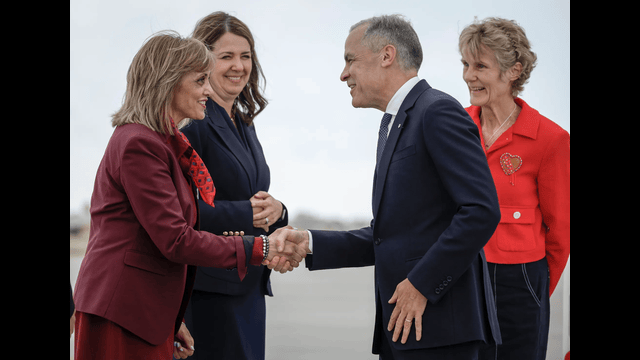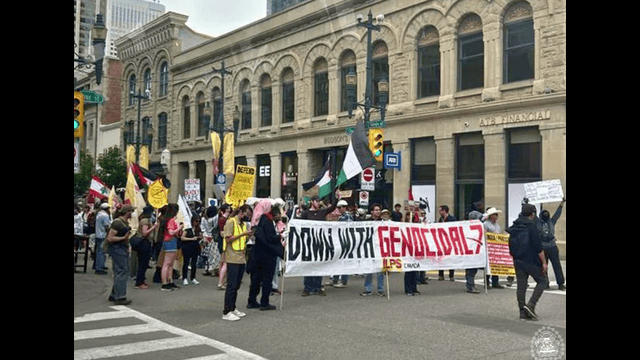
On Monday, December 2, 2024, in Ottawa, Dominic LeBlanc, the Minister of Public Safety, Democratic Institutions, and Intergovernmental Affairs, speaks with reporters. (The Canadian Press)
The Canadian government is expanding its list of banned firearms, adding hundreds of new models, makes, and variants, effective immediately. Public Safety Minister Dominic LeBlanc announced this change alongside Public Services and Procurement Minister Jean-Yves Duclos and Defence Minister Bill Blair in Ottawa on Thursday. The government’s decision aims to reduce gun violence, especially mass shootings, by restricting access to semi-automatic firearms with rapid-fire capabilities.
Under the new regulations, firearms owners who legally possess these newly prohibited guns will not face criminal charges during an amnesty period. However, owners must take necessary steps to comply with the regulations, including disposing of their firearms through a buyback program that will be implemented in the future. The amnesty will remain in effect until October 30, 2025.
The announcement specifically addresses "104 families of assault-style firearms," which include 324 makes and models, according to government officials. These firearms are banned because of their semi-automatic function and rapid-fire ability. Prohibited firearms cannot be bought, sold, lent, or imported.
The Canadian government also plans to introduce additional regulations in the coming months. On December 13, new rules will be introduced to strengthen Canada's firearm classification system. In January 2025, the government will focus on addressing gun violence in cases of intimate partner and gender-based violence. LeBlanc also revealed plans to introduce regulations on red and yellow flag laws and large-capacity magazines by March.
Blair further mentioned that the government is working with Ukrainian officials to potentially ship the firearms collected through the buyback program to Ukraine. This collaboration would help supply weapons needed in Ukraine's ongoing war efforts. “We’ve been working closely with our friends in Ukraine to ensure that weapons intended for combat could be made available to them,” Blair said.
The announcement comes just before the 35th anniversary of the École Polytechnique massacre, which remains a significant moment in Canada's history of gun violence. Gun-control advocates have welcomed the move, calling it an important step in reducing gun violence. "I know I'm crying but I'm also smiling because it's an important step forward," said an École Polytechnique massacre survivor and founder of PolySeSouvient.
However, the decision has sparked criticism from some groups. The Canadian Coalition for Firearm Rights and Wes Winkel of the Canadian Sporting Arms and Ammunition Association have argued that the ban unfairly targets lawful gun owners. Winkel described the move as “devastating for our industry” and stated that the firearms affected by the ban are rarely used in crimes. He also expressed concerns that the government is pandering to urban voters rather than addressing the real issues of gun violence.
This new expansion of the firearms ban follows the May 2020 announcement when Prime Minister Justin Trudeau initially banned over 1,500 models of assault-style weapons used in mass shootings. The government offered owners amnesty while a compensation system was developed. However, the compensation program has been slow to materialize, with the business-phase pilot only just beginning.
The new buyback program, which will include compensation for the newly prohibited firearms, is expected to begin in 2025. Meanwhile, the government has been under pressure to act on firearm regulation, especially following the release of Bill C-21 in December 2023, which is set to strengthen gun control laws further.
In response to the announcement, Conservative MP Raquel Dancho criticized the government, accusing it of unfairly targeting hunters, sport shooters, and Indigenous communities that lawfully use firearms. She called the move an “underhanded attack” on these groups while failing to address the issues of actual gun criminals.


